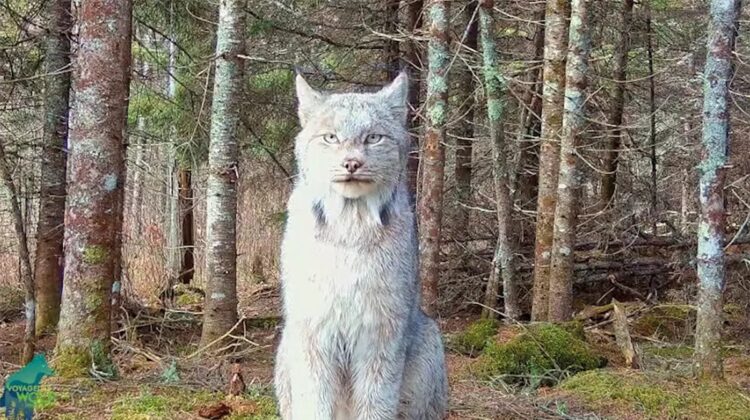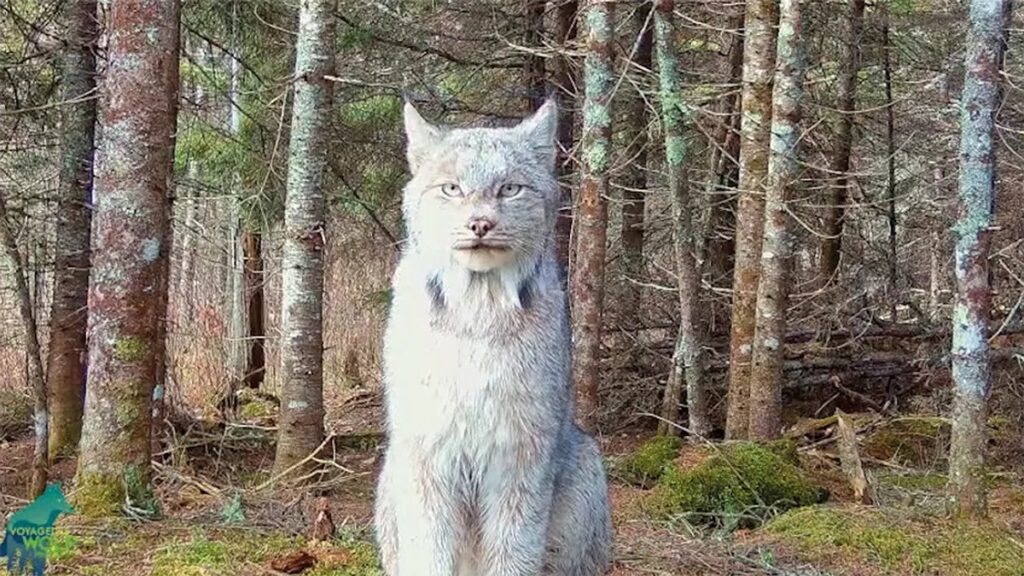
As technological advancements continue to expand our understanding of the natural world, camera traps offer a fascinating glimpse into the hidden lives of wildlife. Recently, in Minnesota, USA, a Canada lynx has delivered an unforgettable performance in front of one such camera, striking a pose that’s nothing short of perfect.
The Voyageurs Wolf Project, dedicated to studying the summer ecology of wolves in the Greater Voyageurs Ecosystem, employs an impressive array of 350 camera traps. While the primary focus is on wolves, these cameras also capture a wide range of other woodland creatures. One particularly charming piece of footage shared on their Facebook page features a lynx that seems to be posing for the camera on the Kabetogama Peninsula within the park.

Image courtesy of the Voyageurs Wolf Project
Tom Gable from the Voyageurs Wolf Project, who reviewed the footage, noted, “A lot of fortuitous things have to happen, not only for the lynx to sit there, but for the lighting to be nice, and for there to be that pretty, North Woods background. Those are the things that make it really cool,” as he shared with the Star Tribune.
Globally, there are four lynx species: the bobcat (Lynx rufus), the Eurasian lynx (Lynx lynx), the Iberian lynx (Lynx pardinus), and the Canada lynx (Lynx canadensis) featured in this video. Known for their fierce predatory skills, Canada lynx primarily hunt snowshoe hares (Lepus americanus) but will occasionally prey on smaller mammals and birds. They are distinguishable from their European relatives and the bobcat by their tail, which appears to have been dipped in ink.
Typically solitary and elusive, lynx are more active at night, utilizing their keen eyesight to detect prey from over 75 meters (246 feet) away, as explained by the National Wildlife Federation. The chance to capture such a perfect pose on camera is rare and highlights the value of these non-invasive monitoring tools.
Camera traps have proven invaluable for observing elusive and sometimes endangered species, such as clouded leopards and Attenborough’s long-beaked echidna. These devices offer a critical, non-intrusive means for researchers and conservationists to track and study wildlife populations effectively.

Leave a Reply